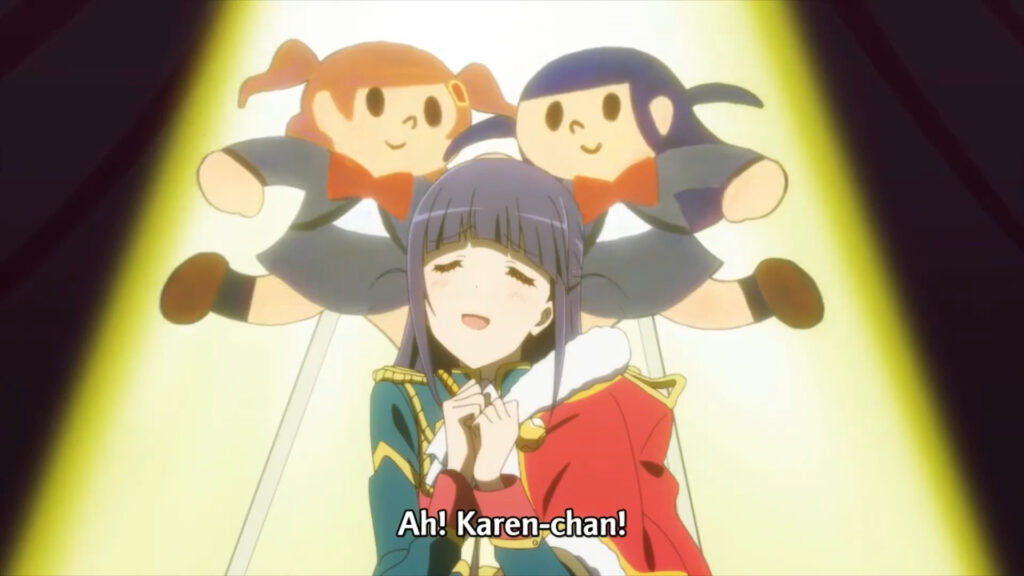
Inspired by a play called Starlight, Karen Aijo and Hikari Kagura make a childhood promise to perform that very play together someday. Hikari moves away, and twelve years later Karen has enrolled in Seisho Music Academy to continue working toward their promise. As the 99th Graduating Class rehearses for their annual production of Starlight, a mysterious underground audition orchestrated by a talking giraffe allows Karen and Hikari to reunite to compete with the other “stage girls” in battles for the position of “top star”. Revue Starlight’s media mix started out as a stage show first before the TV anime, several manga, a gacha game, and an incredible anime movie.
Revue Starlight owes much of its essence, and certainly its namesake, to the Takarazuka Revue, an all-female dancing troupe that has been performing on the outskirts of Osaka for a scheme to increase rail tourism since 1914. Acting as a mirror image to Kabuki, the exclusively female cast must portray both sides to commonly romantic stories, often involving male-presenting and hyperfeminine characters. The women who play male parts are referred to as otokoyaku 男役 and those who play female parts are called musumeyaku 娘役. As a product of the Showa era, unlike Kabuki, Takarazuka Revue often draws much more of its essence from the style and presentation of French revues and American Broadway musicals, both from the early 20th century and their modern iterations.

As Starlight can be read in some facets as a criticism of Takarazuka’s “Top Star” system, much of its visual language and symbols can be traced back to the target of its critique. Taking center-stage at “position zero”, an acting school where members wear grey uniforms with white collared shirts and red bows, the school logo, colored gemstones, lavish Napoleonic army uniforms, prestige, the purple glow, and the performance of gender all come back to Takarazuka Revue. Some anime enthusiasts have conceptualized Starlight’s episodic swordplay battles targeting symbolic objects, performance of gender, and cinematic surrealism as a tribute to Kunihiko Ikuhara and Revolutionary Girl Utena, which may be true up to a point, but more importantly, it’s tapping on the inspiration behind Utena and much of shoujo manga as an institution, Takarazuka Revue and Takarazuka Music School.
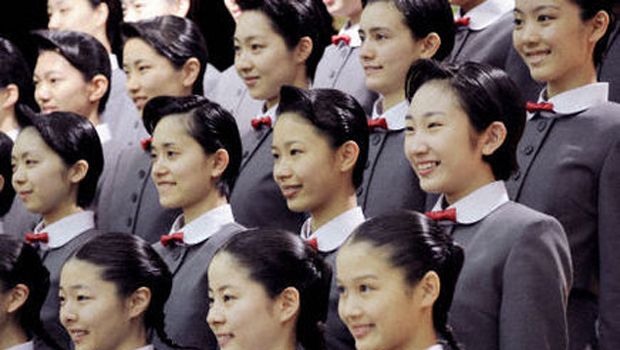
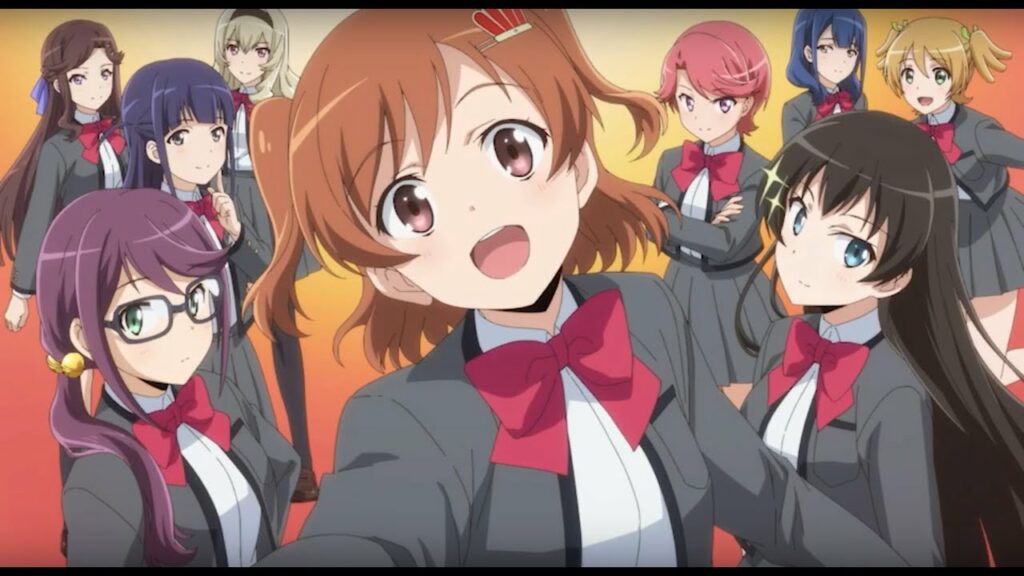
The stories turned into productions for Takarazuka Revue often come from Western theatre, film, and literature, Japanese folk stories, and shoujo manga. One of the Revue’s most famous productions is an adaption of the shoujo manga The Rose of Versailles, itself inspired by Tezuka Osamu’s Princess Knight and Takarazuka Revue. Its story depicts a historical romance before and during the French Revolution between Marie Antoinette and Oscar François de Jarjayes, the leader of the royal guard. Rose of Versailles as a theatre production had a part in popularizing the Revue, further associating it with revolutionary military uniforms, and establishing its “Top Star” system — a viscously coveted casting placement, but obviously without all the swordfighting. There is one lead otokoyaku and one lead musumeyaku in a given Takarazuka production, with the lead otokoyaku always taking center stage in lieu of Oscar, even if it seems absurd in the light of the original production or media being adapted.
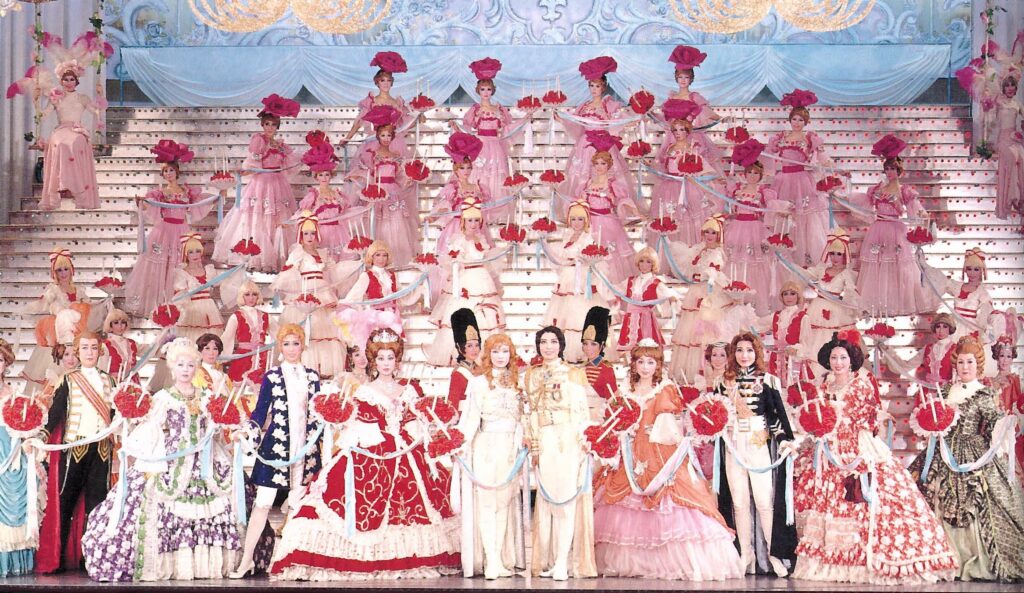
Given how closely Takarazuka is linked to Tezuka and Rose of Versailles, it should be no surprise that its influence is all over different manga and anime, especially for the shoujo genre. The most obvious inspiration appears in Revolutionary Girl Utena, Sailor Moon, the previously mentioned Princess Knight and Rose of Versailles, Revue Starlight, Kageki Shoujo!!, Ouran High School Host Club, and more. In several comedy or romance high school anime or manga, a scene paying homage to the princely female character archetype of shoujo manga will also pay homage in part to Takarazuka’s otokoyaku, complete with the fanciful military uniform.
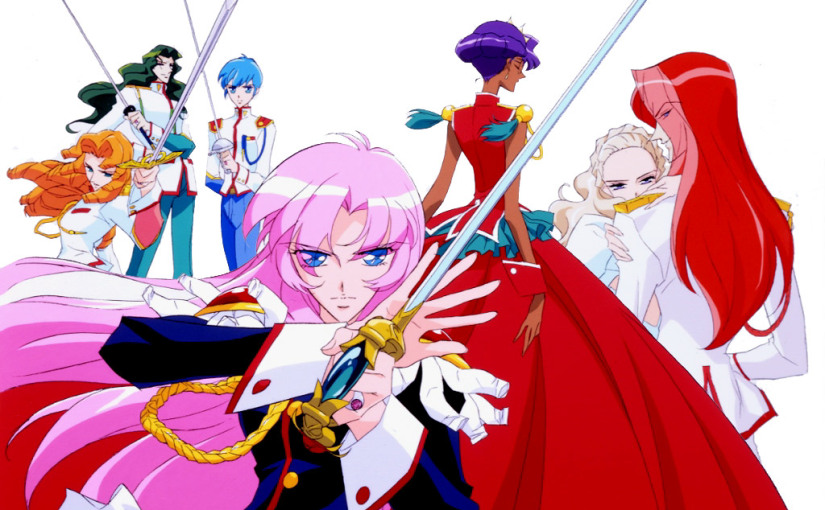
The exterior of Seisho Music Academy is based on Hartshorne Hall at Tsuda University, Kodaira Campus. Interestingly, Tsuda University is one of the oldest and most prestigious all-women collegiate institutions in Japan and has a prominent study abroad program. The foreign exchange program is such a big deal, it gets a mention on the website for the US Embassy of Japan as a relevant symbol of Japanese-American friendship. One of its graduates was the first woman to become a professor at Tokyo U. Seisho Music Academy’s library seems to be based off Hartshorne Hall as well.
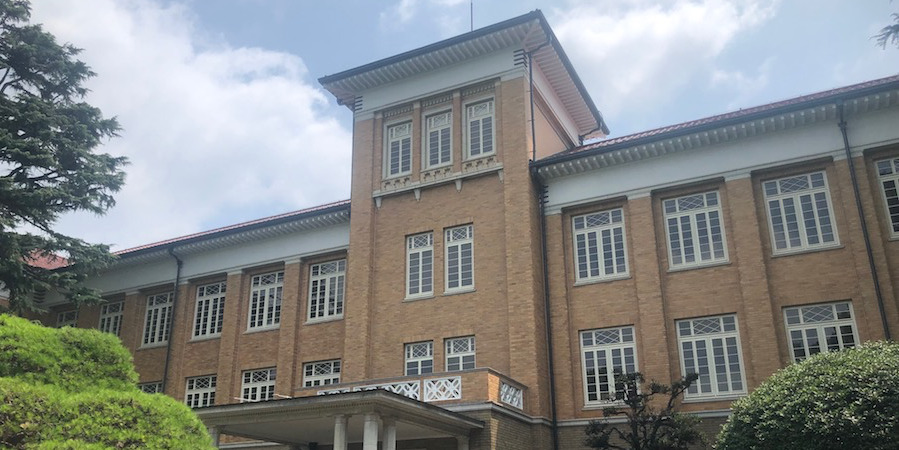
The flat signs which appear during Mahiru’s Revue of Jealousy in Episode 5 seem to be based on “Tobidashi Boya”, a mascot designed by signboard maker Yasuhei Hisada. With the uptick of pedestrian-car accidents in the 70’s, Hisada was comissioned by the City Council of Social Welfare in Higashinomi (Yokaichi at the time) in Shiga Prefecture to come up with a sign to encourage drivers to slow down for children playing outside. The result was this boy in a walking pose. The design of the character has frequently been remixed into the likeness of anime characters, especially around anime pilgrimage locations, like near the K-On!! school.
